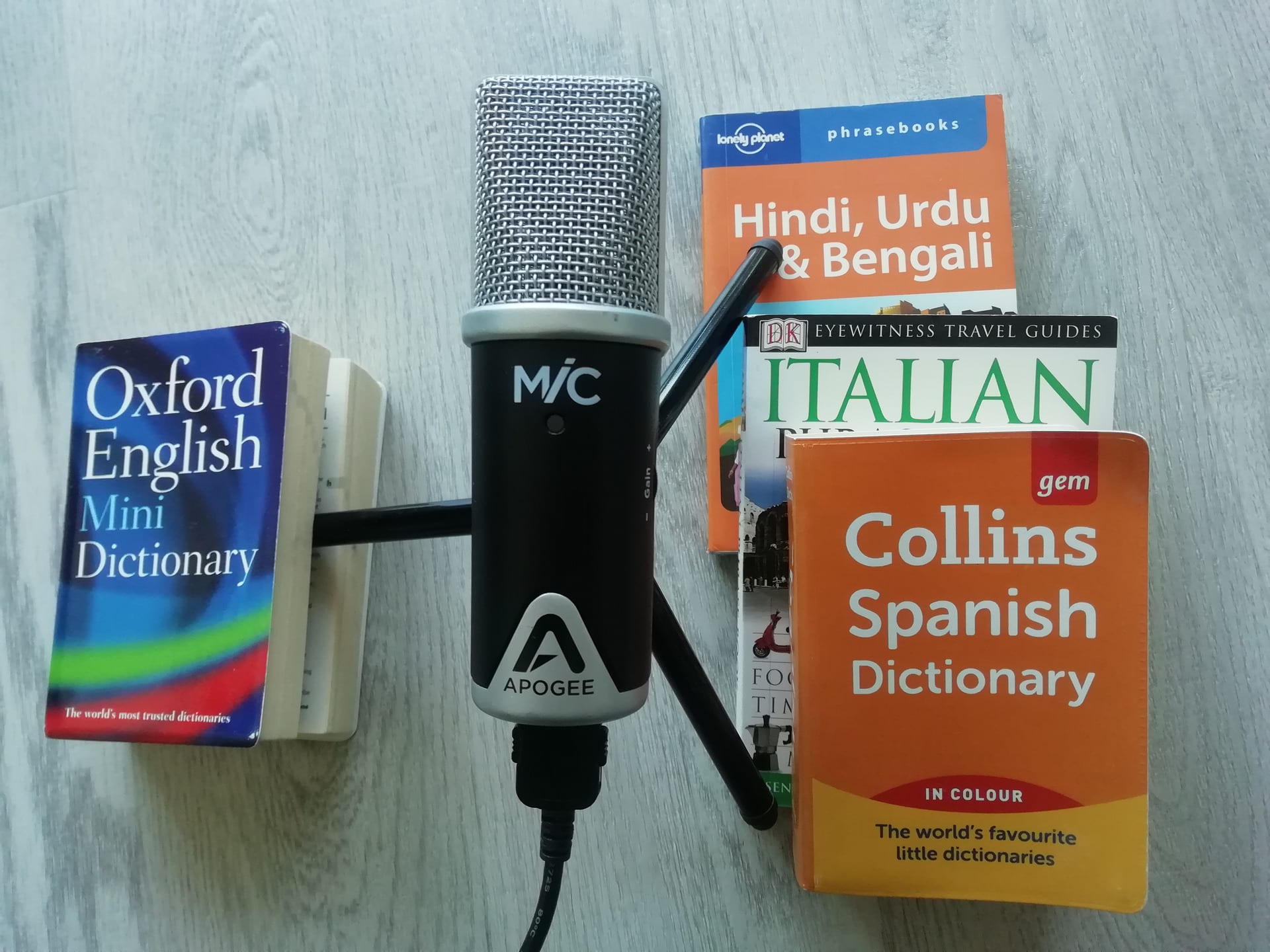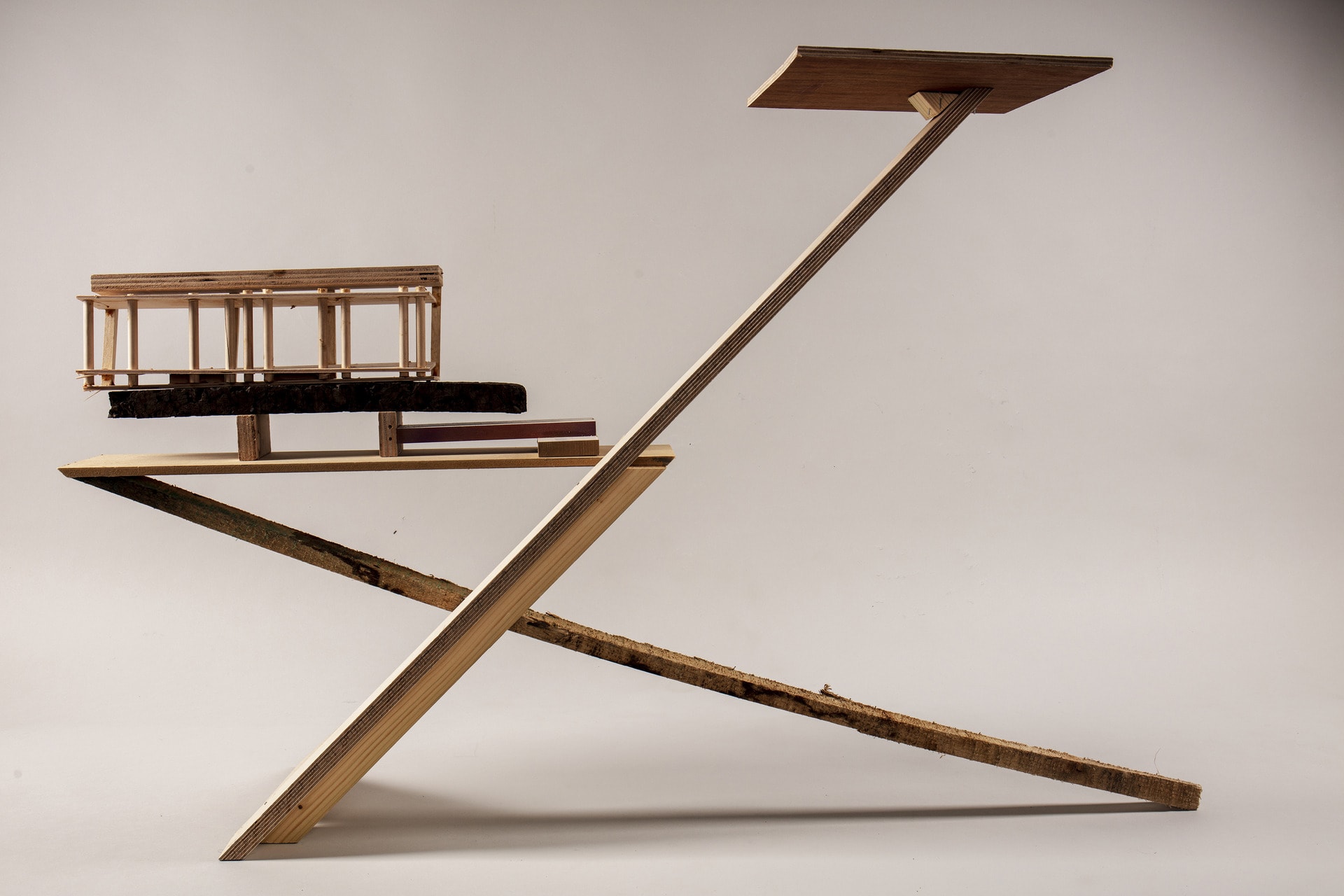1970, from Sao Paulo, Brazil, and living in London, UK.
Fabiano Marques has taken part in exhibitions on leading institutions such as Bienal Internacional de Sao Paulo, Sao Paulo, Brazil; Centre Georges Pompidou, Paris, France; Palais de Tokyo, also in Paris. His works can be found in the collections of Brazilian institutions such as Museu de Arte Moderna de São Paulo, MAM-SP and Museu de Arte Moderna do Rio de Janeiro. He has participated in numerous art residencies, including Gasworks, London; École des Beaux-Arts and Paris, France and ZK-U Berlin, Germany, to name a few.
A MA in sculpture at the Royal College of Art and a BA in advertising and propaganda, at Fundação Armando Álvares Penteado, FAAP, São Paulo, Brazil.











